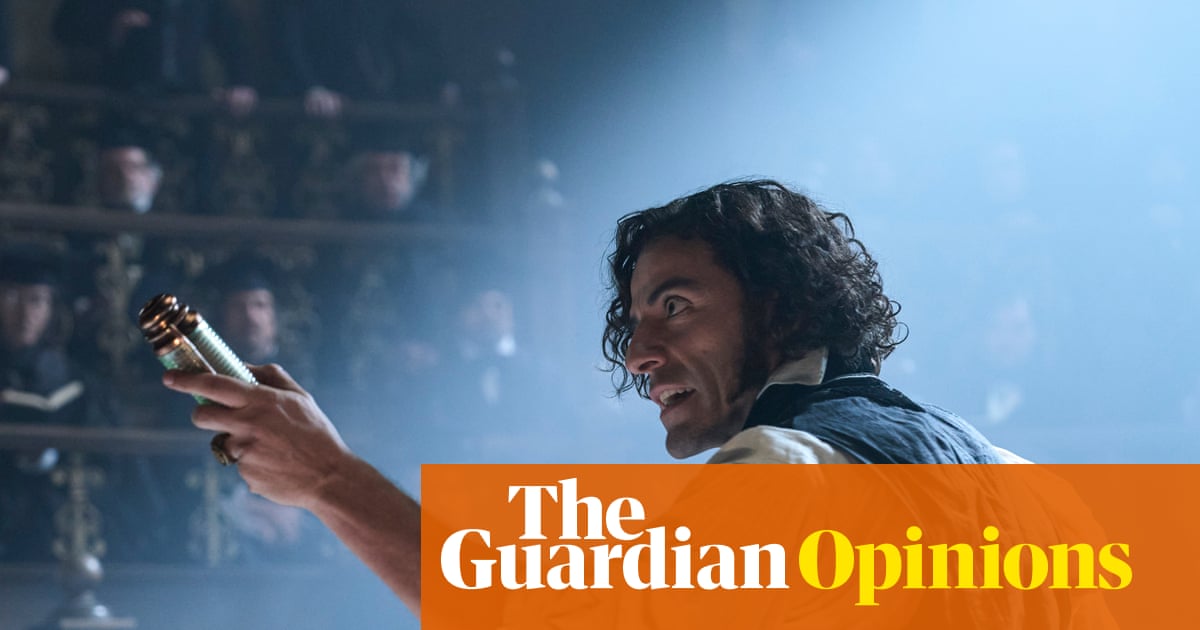
"All horror movies are a reflection of their time, and ours are pretty scary. Tech dystopianism means that Frankenstein's monster has become a byword for AI, while Bram Stoker's Dracula has always drawn on a dark strain of English xenophobia. So it is no coincidence that these 19th-century gothic villains, stars of the earliest horror films in the 1920s and 30s, are back in cinemas with new adaptations from directors Guillermo del Toro and Luc Besson."
"Blood-sucking vampires and dead-eyed zombies have long been cast as the monsters of capitalism, coming out in times of economic gloom. This may explain why Sinners, Ryan Coogler's southern gothic vampire mashup, and 28 Years Later, the third instalment of Danny Boyle and Alex Garland's zombie franchise, have struck such a nerve. As the philosopher Slavoj Zizek has observed: It's much easier to imagine the end of all life on Earth than a much more modest radical change in capitalism."
Horror cinema is undergoing a renaissance driven by contemporary fears about technology, capitalism and social upheaval. Nineteenth-century gothic figures like Frankenstein and Dracula have been reframed to reflect AI anxieties and xenophobia, while vampires and zombies often symbolize economic despair. Recent films such as Sinners and 28 Years Later resonate because they channel those anxieties. Historical crises have repeatedly shaped horror trends, from German expressionism after World War I to a vampire revival during the AIDS era. Lower budgets, younger filmmakers, and greater female participation are enabling socially minded, experimental horror to flourish.
Read at www.theguardian.com
Unable to calculate read time
Collection
[
|
...
]